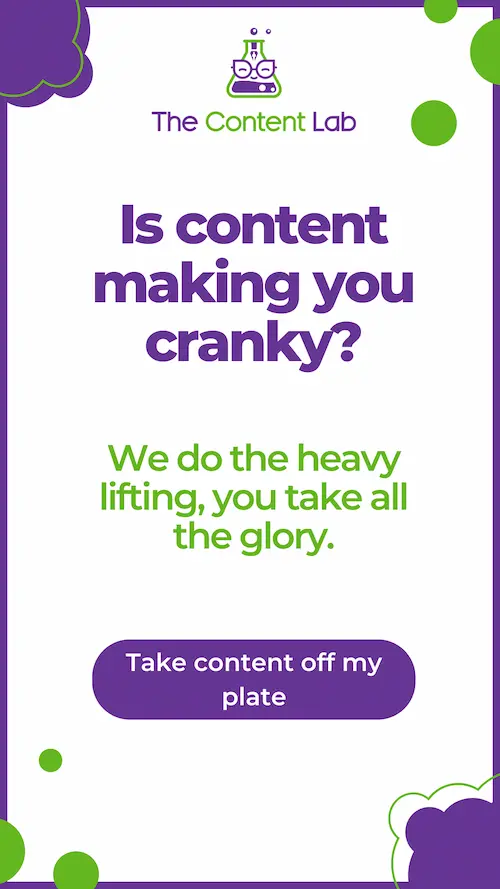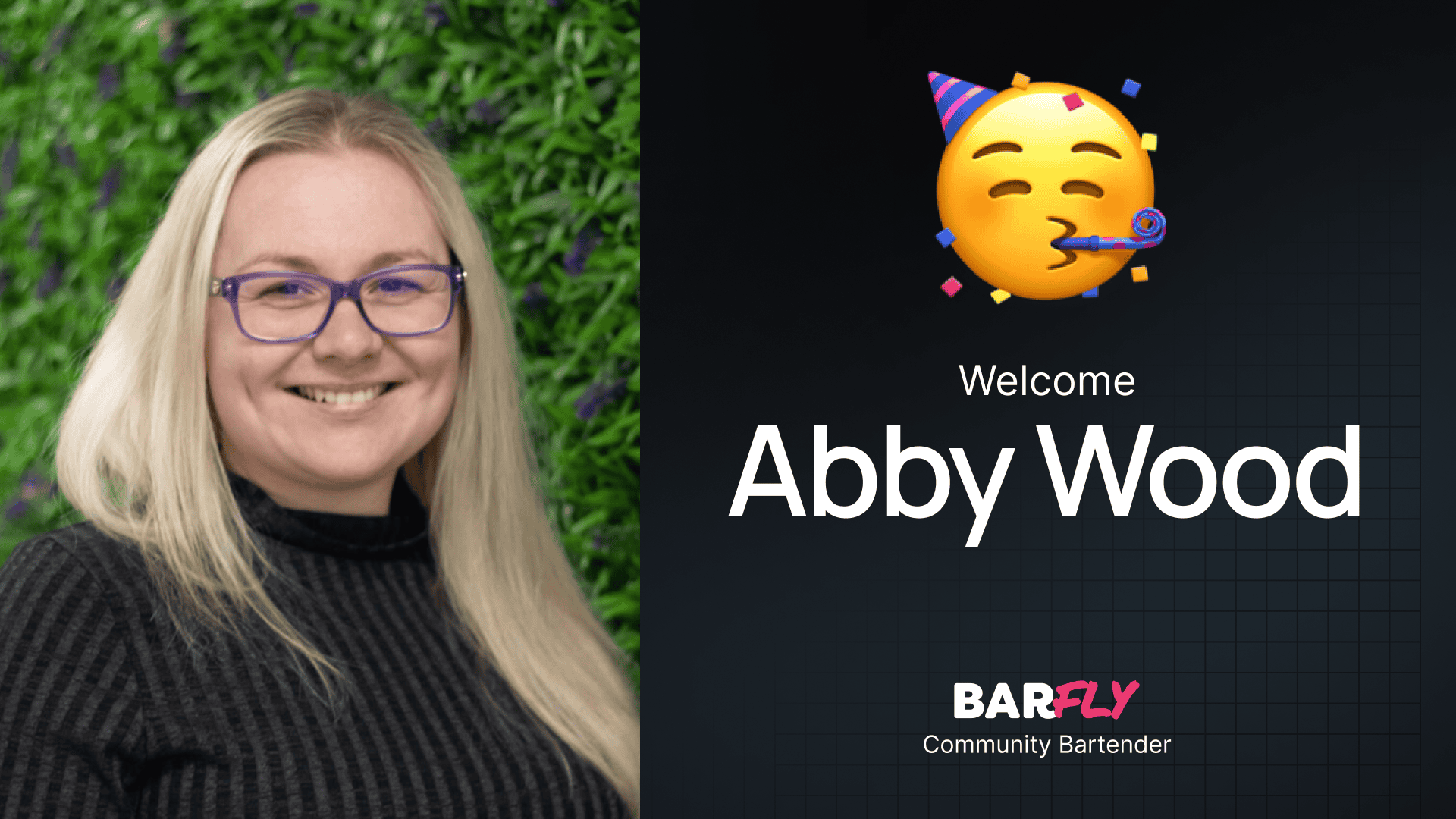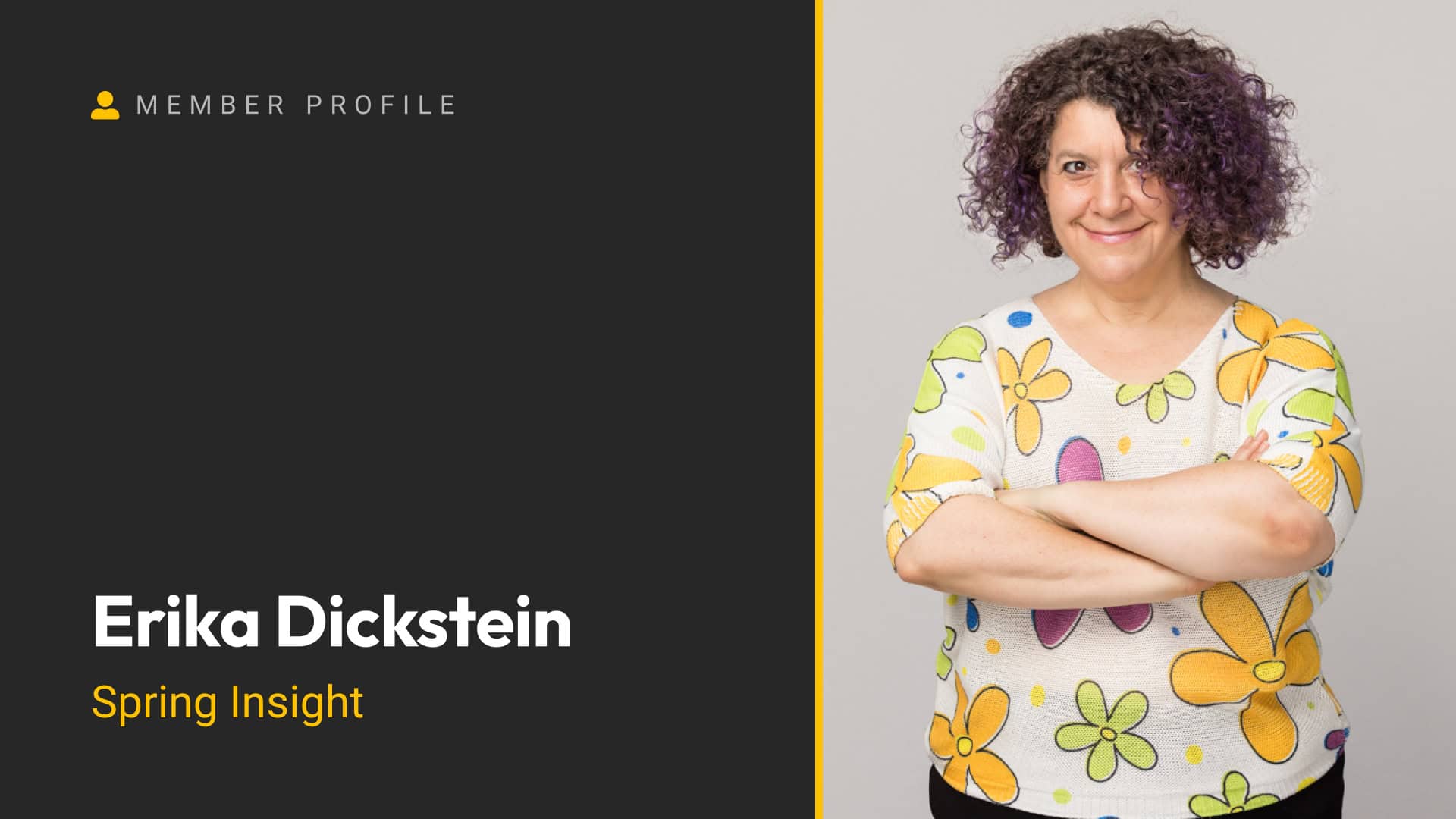To capture the idle internet-scroller, your content must cut through a lot of noise online. The first step to standing out in an endless sea of search results is to craft a unique, eye-catching title for your latest piece of content.
A good blog title summarizes everything you’re writing about and why your reader should care – all while hitting the right keywords.
That’s no mean feat.
With an ever-growing amount of tools out there to help you write a blog title, tips on how to write them, and countless ways to research a title, it can be a little overwhelming if you’re not a professional content writer.
But today, we’re going to go through the most important parts of researching and crafting a blog title that stands out, helps you rank, and converts to a click.
By the time we’re finished, you’ll be able to compose a blog title that piques your reader’s interest and gets you all the clicks you deserve.
Now, without further ado – let’s get into how to research and write titles for your clients’ blogs and your own website.
The 4 steps to creating an irresistible blog title
1. Do the research
Research is the main focus of this blog, which is why I’ve placed it first on the how to write an irresistible blog title list.
Without doing extensive research into your niche, your competitors, and the industry, you won’t know:
- What’s trending
- What people are searching for
- What’s popular (and what’s been overdone)
- What your competitors are writing about
- What isn’t being written about
- How you can provide value to your audience
To find the information you’re looking for, there are multiple places to check, including:
- Competitor blogs
- Industry magazines
- Social media – especially to see what’s trending in your industry
Once you’ve gathered all your research, compile it into one document so you have it all together when you start writing your blog titles.
Remember, not every blog title you write has to be perfect, and you can always go back and edit them afterward.
When I write blog titles, I love to use coschedule to help grade my headlines. Anything over 70 on their score is a great headline, and they show you how to improve it if it needs to be higher.
2. Embark on a keyword research journey
To ensure your blog makes an appearance on Google, do keyword research to discover what kinds of things your audience is searching for. You can see the most common questions and base your blog titles around those.
Keyword research helps you figure out what your audience is thinking, what they’re looking for, and what they need from you, in their own language.
Like with everything, please don’t overdo it.
Don’t force a keyword into your blog title if it looks awkward or stands out for all the wrong reasons. You still need to encourage people to click on your blog post. Even if your blog appears at the top of the search results for that target keyword, if it doesn’t make sense, they’re not going to click on it.
Position keywords near the beginning of your blog titles
Okay, so you have all your fantastic keyword research ready to go, but now what do you do? Where do you put your keywords?
Try to place the keyword at the start of your blog titles. Using the keywords at the beginning will benefit both humans and robots. As humans, we’re too busy to read a long title – our attention span is too short these days!
Colons are your friend when putting keywords at the start of titles. In fact, a hyphen or colon in your headline increases the click-through rates by 9%.
For example, your headline could be ‘Content Marketing: How To Improve Your Copywriting On Your Website’ – this title also gets an 84 on the headline score!
So, by putting the most important keyword at the start of the title you’ll be more likely to grab the attention of your reader – they instantly know they’re in the right place.
3. Use a formula that works
There are several go-to formulas for headlines; by knowing them, you’ll have an easier time coming up with a title that works for your blog.
Number headlines – These headlines start with a number – anything that introduces a list. For example, 5 Tips For Improving Your Local SEO.
How to headlines – This is a super simple headline, but it’s also very effective. If somebody is trying to learn how to do something, then this type of headline shows them immediately that you know how and can offer them. But, you must ensure you fulfill your promise and teach them all you know about the subject.
Scarcity headline – This headline offers something only a few people can get. For example, these headlines usually start with “Little known tips for…” or “The secret of….”
The BIG promise headline – This headline highlights that readers will get a lot in return when they read this blog. Think of blogs listed as the ‘ultimate guide’ or the ‘complete guide.’ They can also include a list of blog titles that have large numbers. For example, 100 Simple Tips To Improve Your Marketing. These types of titles promise big, so if you’re using these types of tags, you must ensure you can keep that promise.
4. Write your title & edit
Now that you know what kinds of headlines there are and have researched and collected keywords, it’s time to put your headline together.
The best titles are between 6-13 words, and they tend to attract the highest and most consistent traffic.
By using coschedule, you’ll be able to compose a headline and see whether it’s readable.
It’s crucial to ensure that your blog title is readable to your audience because, without a readable title, you won’t get very far. If your visitor needs to understand your blog title, then they’re not going to click on it – regardless of how good the content is.
So when writing your blog title, run it through coschedule to see how well it ranks and alter it until you have a high-rated headline.
You can also write multiple titles for the same blog post and use the one that ranks the best on the headline scale. You can even use the other titles as subheadings if they work.
Tip: Titles don’t have to be a one-person job. If you need help with the right title for your next blog post, ask a member of your team or a friend to help you out. A fresh pair of eyes might be all you need to turn an okay headline into a brilliant one. It’s always okay to ask for help!
Extra tip: Use powerful, emotive language in your titles to really connect with your reader and stand out from the more mundane options out there.
Brand new to blogging and need some help outlining your blog posts or want some inspiration for your next batch of titles? Check out these blog templates and guides.






